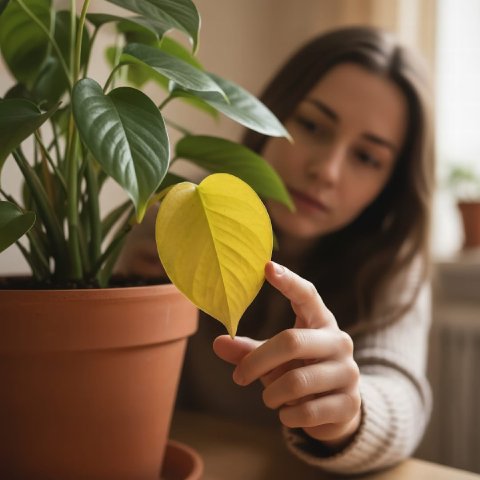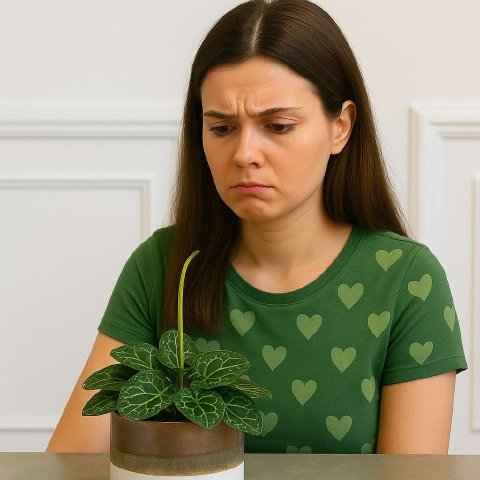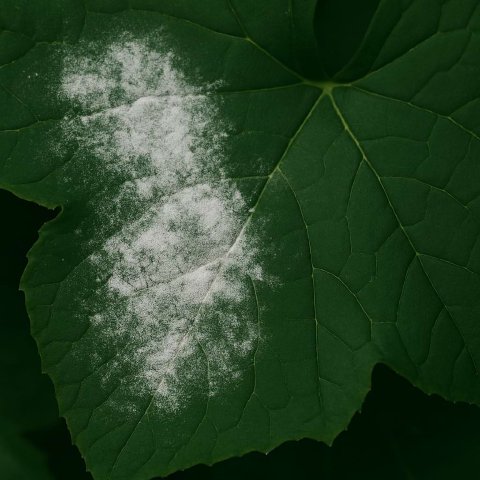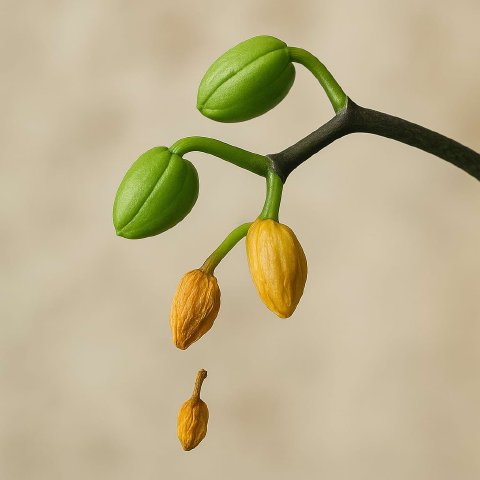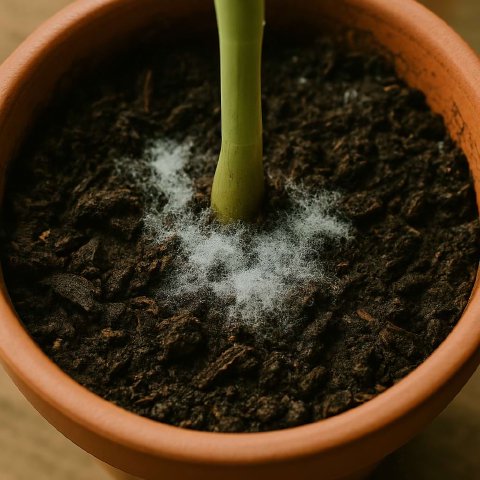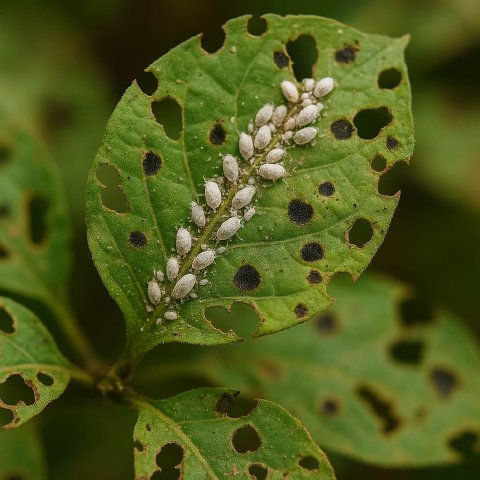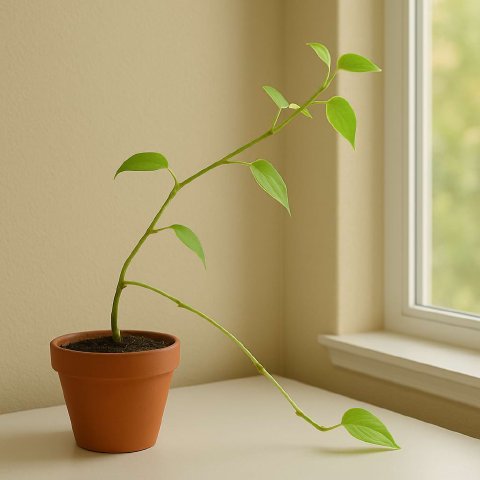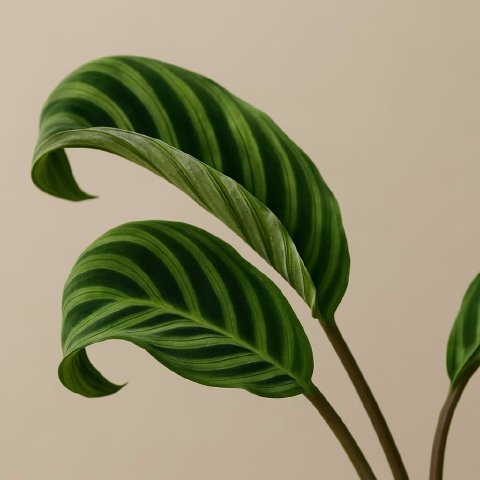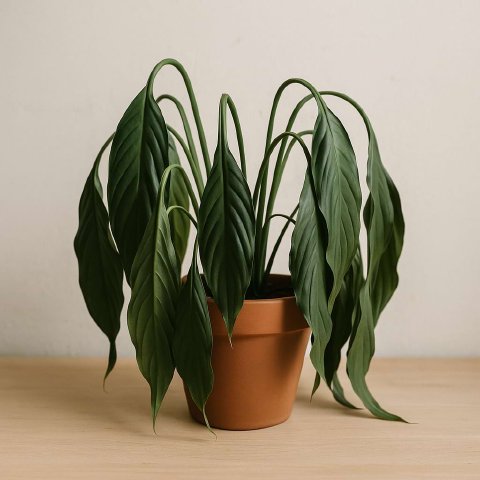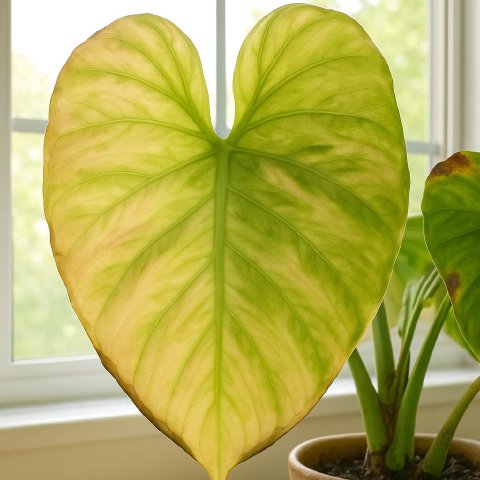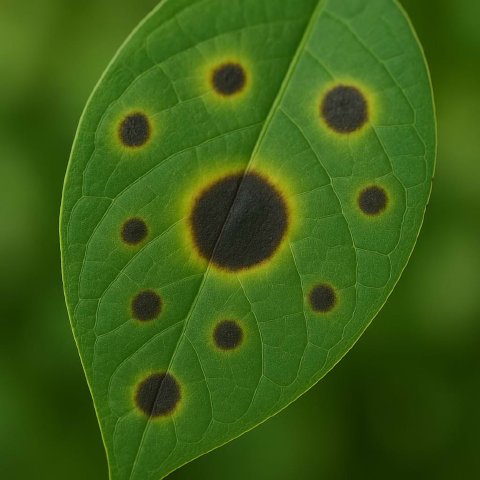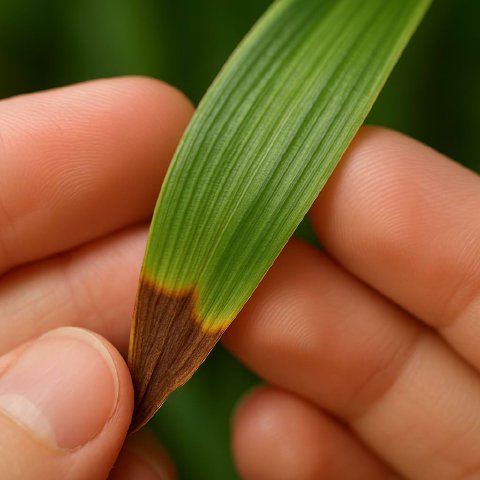🪴 In This Guide 🪴
🎯 Yellow Leaves? Let's Diagnose the Problem
Quick Diagnostic Chart
Hello, plant enthusiasts! Anastasia here. A yellowing leaf is your plant’s way of telling you something is wrong. But don’t panic! It’s one of the most common issues, and we can usually fix it.
Yellowing leaves, or chlorosis, is a symptom, not the disease itself. The key is to figure out the cause. Use this quick chart to narrow down the possibilities, and then we’ll dive into the solutions.
| If you see… | And the soil is… | It’s likely… |
|---|---|---|
| Yellowing, soft, or wilting lower leaves | Soggy / Consistently Wet | Overwatering (The #1 Culprit!) |
| Yellow, dry, crispy leaves, often dropping off | Bone Dry / Hard | Underwatering |
| A general, pale yellow on all leaves, plus stunted growth | Consistently moist | Nutrient Deficiency |
| Yellow spots or stippling, maybe with fine webbing | N/A | Pests (like spider mites) |
| Just the oldest, bottom leaves turning yellow one by one | N/A | Natural Aging (Completely normal!) |
🤔 What is Chlorosis?
Why Leaves Turn Yellow
In simple terms, “chlorosis” is the process where a leaf stops producing chlorophyll, which is the green pigment responsible for photosynthesis. When a plant can’t produce chlorophyll, the green color fades, revealing the yellow pigments that were always underneath.
Think of it as a distress signal. Your plant is pulling resources from that leaf because of an issue with its water, nutrients, light, or overall health. Our job is to play detective and find the root cause.
🌿 Top 7 Causes of Yellowing Leaves and How to Fix Them
Cause #1: Overwatering
This is, without a doubt, the most common reason for yellowing leaves on houseplants.
- Why it happens: When soil is constantly saturated, the air pockets disappear. Roots need oxygen to function, and without it, they begin to suffocate and die, leading to root rot. The damaged roots can no longer absorb water and nutrients, so the plant sacrifices its lower leaves first.
- How to check: Stick your finger 2 inches into the soil or use a moisture meter for more precise readings. If the soil feels wet or soggy, and you haven’t watered in days, it’s overwatered. The pot might also feel heavy, and you may smell a musty, swampy odor from the soil.
- The Fix: Stop watering immediately. Allow the soil to dry out significantly. Make absolutely sure your pot has drainage holes. If you suspect root rot, you may need to unpot the plant, trim away any black, mushy roots, and repot in fresh, well-draining soil.
Cause #2: Underwatering
The opposite problem can also cause yellow leaves, but they will look and feel different.
- Why it happens: When a plant is severely dehydrated, it will sacrifice its older, lower leaves to conserve water and energy for new growth and the top of the plant.
- How to check: The soil will be bone dry, hard, and may be pulling away from the edges of the pot. The pot will feel very light. The yellowing leaves will also be dry, brittle, and crispy, not soft and limp like with overwatering.
- The Fix: Give the plant a deep and thorough watering until it runs freely from the drainage holes. For extremely dry soil, bottom watering is an excellent method. Place the pot in a sink or tray with a few inches of water for 30-60 minutes to allow the soil to rehydrate completely from the bottom up.
Cause #3: Nutrient Deficiency
Plants need food, and over time, the nutrients in their potting soil get used up.
- Why it happens: A lack of essential nutrients, especially Nitrogen, will cause a general yellowing or paleness across the whole plant. Nitrogen is mobile, so the plant will often pull it from older leaves to give to new ones, but a severe deficiency affects the entire plant.
- How to check: Yellowing is often uniform, and the plant’s growth will be slow or completely stalled. This is common in plants that haven’t been repotted or fertilized in over a year.
- The Fix: During the growing season (spring and summer), feed your plant with a balanced, all-purpose liquid fertilizer diluted to half-strength. Do not fertilize a dormant or stressed plant. For a long-term solution, repot the plant into fresh, nutrient-rich potting soil.
Cause #4: Pests
Tiny sap-sucking insects can cause leaves to yellow.
- Why it happens: Pests like spider mites, aphids, and mealybugs feed on plant sap, draining the leaves of their nutrients and chlorophyll.
- How to check: Inspect your plant very closely, especially the undersides of leaves. Look for tiny moving dots, fine webbing (spider mites), sticky residue called honeydew (aphids, mealybugs), or white, fuzzy bits (mealybugs). The yellowing will often appear as small spots or stippling rather than a uniform color change.
- The Fix: Isolate the plant and treat it for the specific pest. A thorough rinse and application of insecticidal soap or neem oil are usually effective.
Cause #5: Lighting Issues
Both too much and too little light can cause yellow leaves.
- Why it happens:
- Too little light: The plant can’t photosynthesize properly, so leaves (often those furthest from the light source) will turn yellow and drop.
- Too much direct sun: The sun can scorch the leaves, bleaching them a pale, washed-out yellow or even white.
- How to check: Assess your plant’s location. Is a low-light plant sitting in a blazing sunbeam? Is a sun-lover stuck in a dark corner?
- The Fix: Research your plant’s specific light requirements and move it to a more suitable location.
Cause #6: Temperature Stress
Plants are sensitive to their environment.
- Why it happens: Sudden exposure to a cold draft from an open window, an air conditioner, or a blast of heat from a vent can shock a plant, causing leaves to yellow and drop suddenly.
- How to check: Is the plant located near a drafty door, window, or HVAC vent? Did the weather just change dramatically?
- The Fix: Move the plant to a more stable location away from drafts and sudden temperature fluctuations.
Cause #7: Natural Aging
Sometimes, a yellow leaf is no cause for concern at all.
- Why it happens: It’s a natural part of a plant’s life cycle to shed its oldest leaves to make way for new ones.
- How to check: If it’s just one or two of the lowest, oldest leaves turning yellow and the rest of the plant looks lush, green, and is putting out new growth, this is likely the cause.
- The Fix: Do nothing! This is a healthy, normal process. Simply prune off the yellow leaf once it’s ready to detach easily.
🛡️ How to Prevent Yellow Leaves in the Future
Best Practices for Healthy Plants
- Master Your Watering: Ditch the schedule. Always check the soil with your finger first. Water thoroughly when the top 1-2 inches are dry, and let it drain completely.
- Ensure Proper Drainage: Use a high-quality, well-draining soil mix and a pot with drainage holes. This is non-negotiable.
- Provide the Right Light: Match the plant to the light you have.
- Fertilize Appropriately: Feed your plants during their active growing season.
- Inspect Regularly: A quick check for pests each time you water can help you catch problems before they start.

